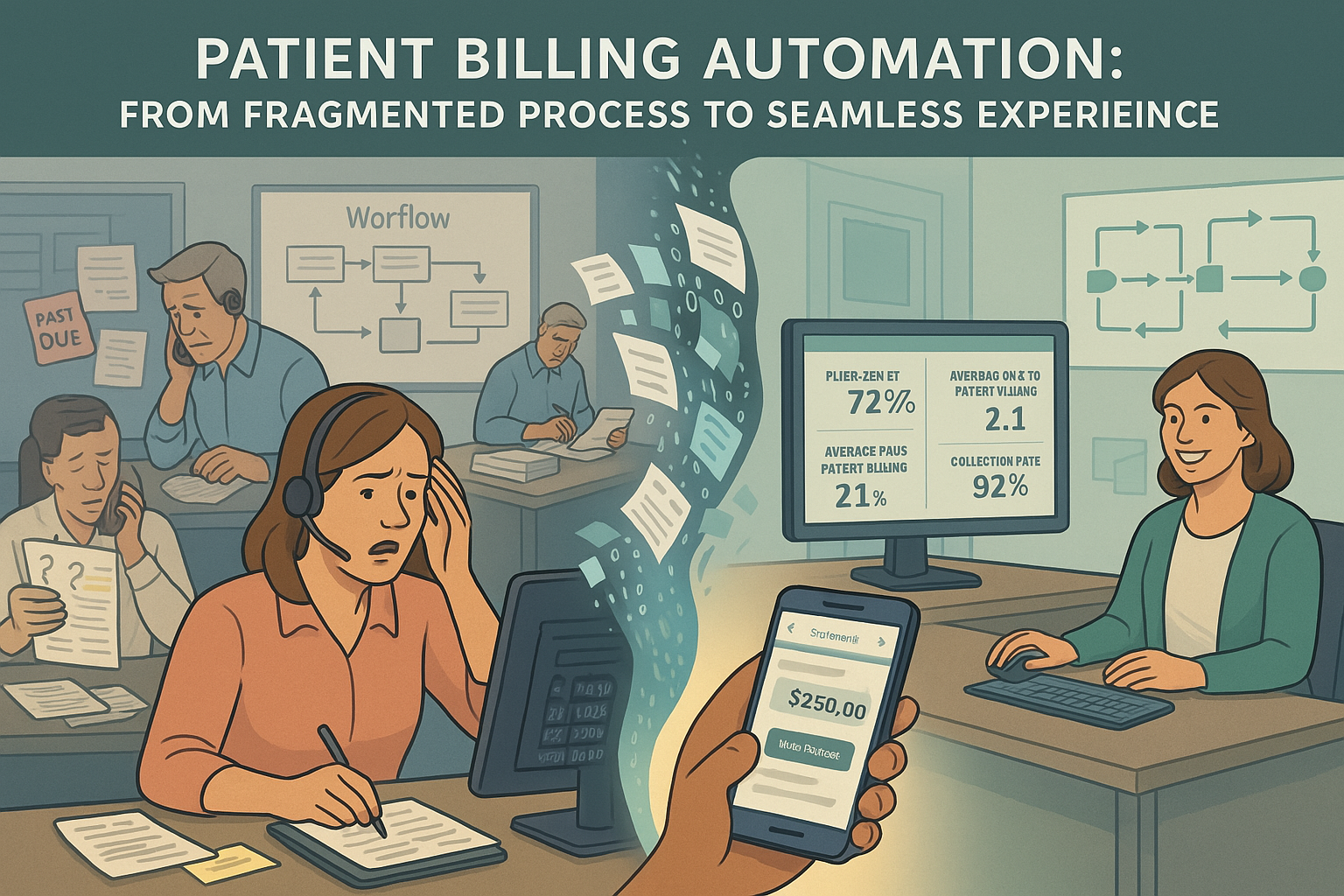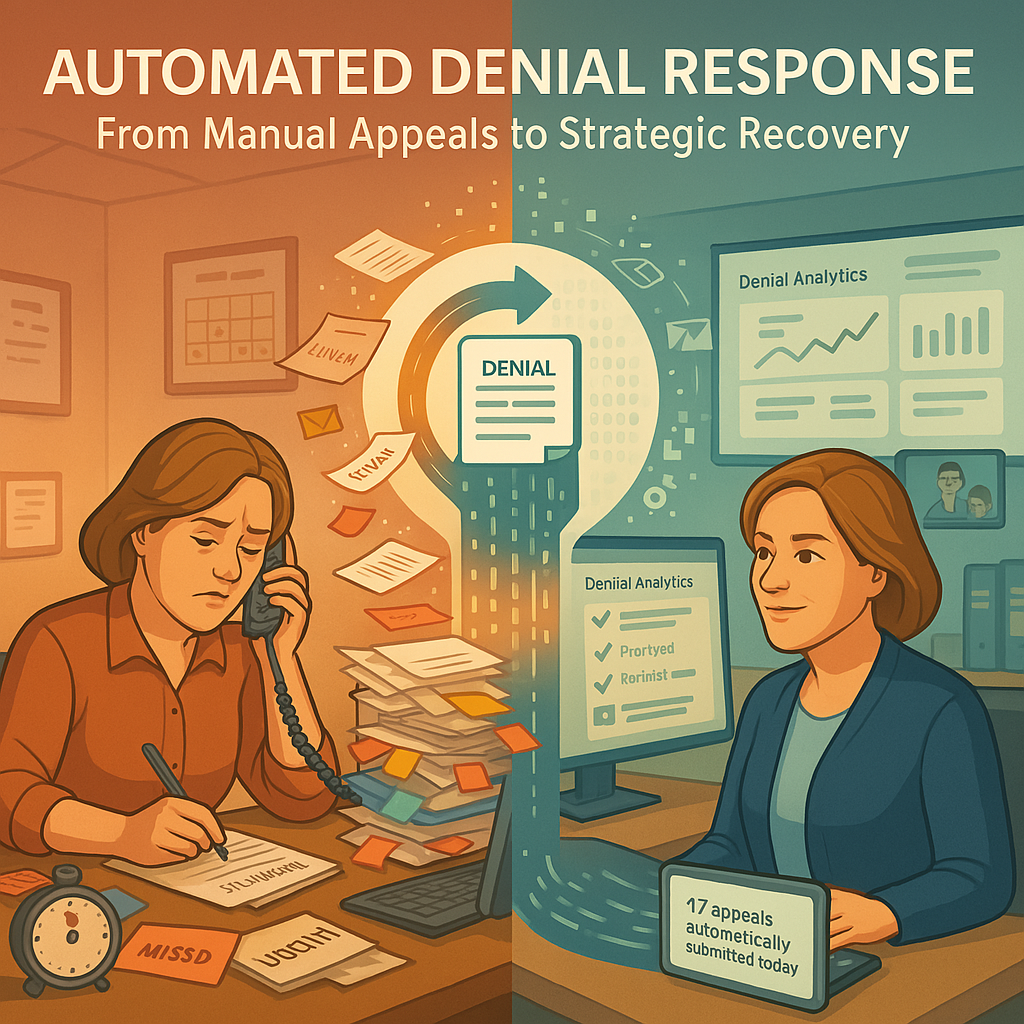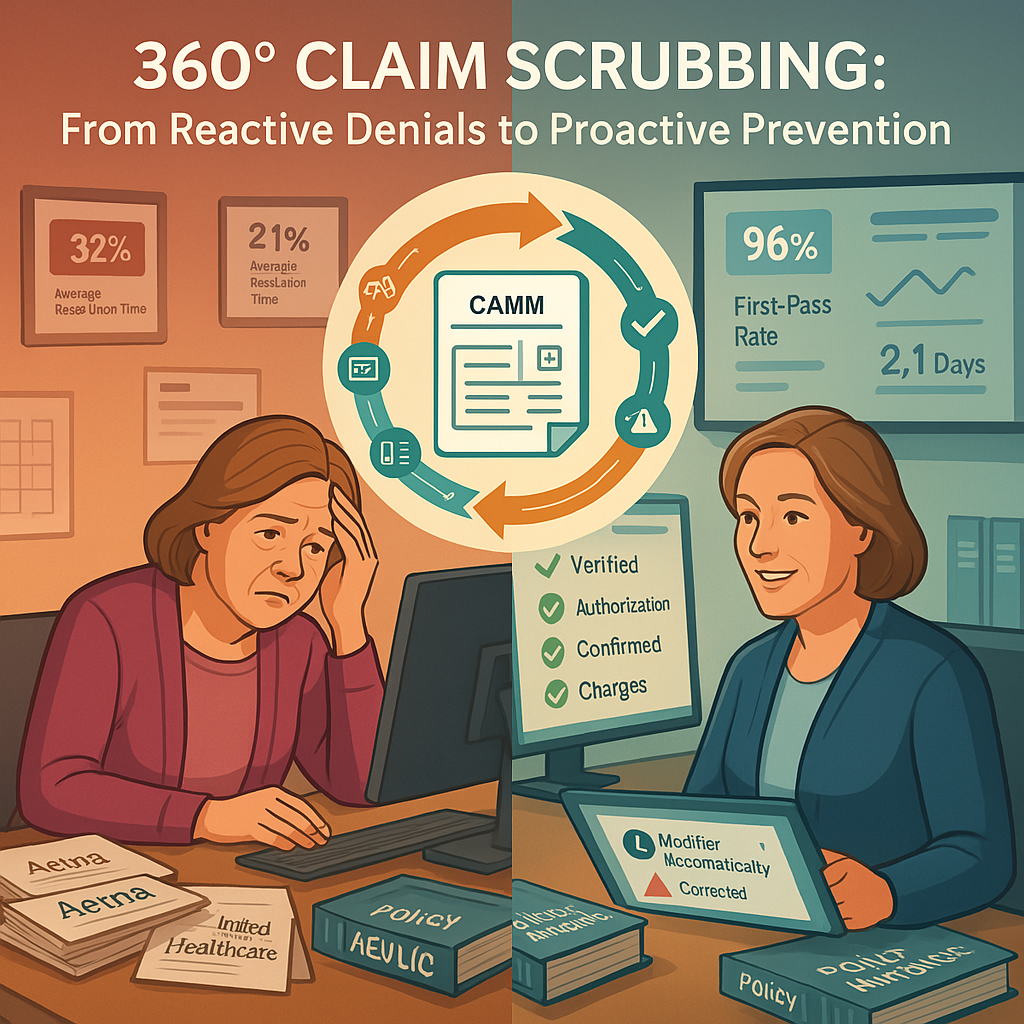
As healthcare continues to evolve, the emphasis on efficient patient accounts receivable (AR) management has never been more crucial. With the rise of high deductible health plans and the increase in patient financial responsibility, healthcare providers are facing a significant challenge: ensuring patient payments are collected promptly and efficiently. This challenge requires innovative solutions, departing from outdated practices that no longer serve the needs of modern healthcare consumers or providers.
The Importance of Streamlining Patient AR
Accounts receivable management plays a crucial role in the financial stability of healthcare providers. Delays in collecting payments from patients can lead to cash flow issues, increased administrative costs, and reduced profitability. Moreover, with the shift towards value-based care and patient-centric models, healthcare organizations are increasingly focusing on improving the patient experience, which includes making the billing and payment process more transparent and efficient.
Challenges in Patient AR Management
Managing patient AR is fraught with challenges, including:
- Complex Billing Processes: Healthcare billing is notoriously complex, with multiple payers, varying reimbursement rates, and frequent changes in regulations.
- High Patient Responsibility: Rising healthcare costs have led to higher out-of-pocket expenses for patients, making them more reluctant or unable to pay their bills promptly.
- Manual Processes: Many healthcare organizations still rely on manual, paper-based processes for billing and collections, which are prone to errors and inefficiencies.
- Lack of Transparency: Patients often find it difficult to understand their medical bills due to complex terminology and unclear breakdowns of charges.
Transforming Patient AR Management
Effective patient AR management begins with proactive engagement and clear communication at every patient touchpoint, particularly at the front desk. This engagement is vital for setting expectations regarding payment and for leveraging technology to simplify the payment process. Here are strategic areas for improvement:
- Modernizing Payment Methods: In an age where digital transactions have become the norm, healthcare providers must adapt by offering a variety of payment options, including online portals, mobile payment solutions, and electronic billing. This adaptation not only caters to patient preferences but also reduces the reliance on traditional and less efficient methods like mailing checks.
- Upfront Payment Collection: Implementing practices to collect payments upfront for known services significantly reduces the burden on patient AR processes. This approach involves accurate patient responsibility estimates, informed by robust data analytics and real-time insurance verification. Training front desk staff to navigate these conversations confidently, suggesting payment through immediate, patient-friendly options, can enhance collections and patient satisfaction.
Data-Driven Insights for Targeted Action
Harnessing data is key to identifying bottlenecks and opportunities within the patient AR process. Insights can be gained through:
- Aging Analysis by Patient and Service Type: Understanding the composition of patient AR, segmented by age of the debt and type of service, can reveal patterns that inform targeted interventions. For example, certain services may consistently result in higher patient balances, indicating a need for better upfront cost communication.
- Review of Statement Cycles and Counts: Evaluating the effectiveness of current billing cycles and the mix of electronic versus paper statements can uncover opportunities to increase efficiency and reach. Transitioning more patients to electronic statements and optimizing the timing of statement cycles can reduce costs and accelerate payments.
Operational Enhancements
Operational changes can further refine patient AR management:
- Front Desk Engagement: Training front desk staff to effectively communicate payment expectations and options can dramatically impact collections. This includes scripting conversations to shift from passive inquiries about payment willingness to assertive, informed discussions about payment methods and responsibilities.
- Payment Plan Management: Clearly defined and consistently applied policies for payment plans, including minimum balance thresholds for eligibility and automated payment solutions, can help manage patient debt more effectively. Utilizing technology to automate and monitor payment plan adherence reduces administrative overhead and improves cash flow.
- Bad Debt Strategies: Establishing criteria for transitioning delinquent accounts to bad debt and potentially to collections is essential. Regular reviews of bad debt policies, considering factors like the balance threshold for collection agency referral and recovery rates, ensure that these strategies align with overall financial goals and comply with regulatory requirements.
Conclusion
Navigating patient AR in the current healthcare landscape requires a blend of technology adoption, process innovation, and data analytics. By focusing on these key areas, healthcare providers can enhance patient AR management, improving financial performance while maintaining a positive patient experience. In an industry marked by rapid change and increasing financial pressures, adopting these strategies offers a pathway to more effective revenue cycle management and sustainable financial health.










